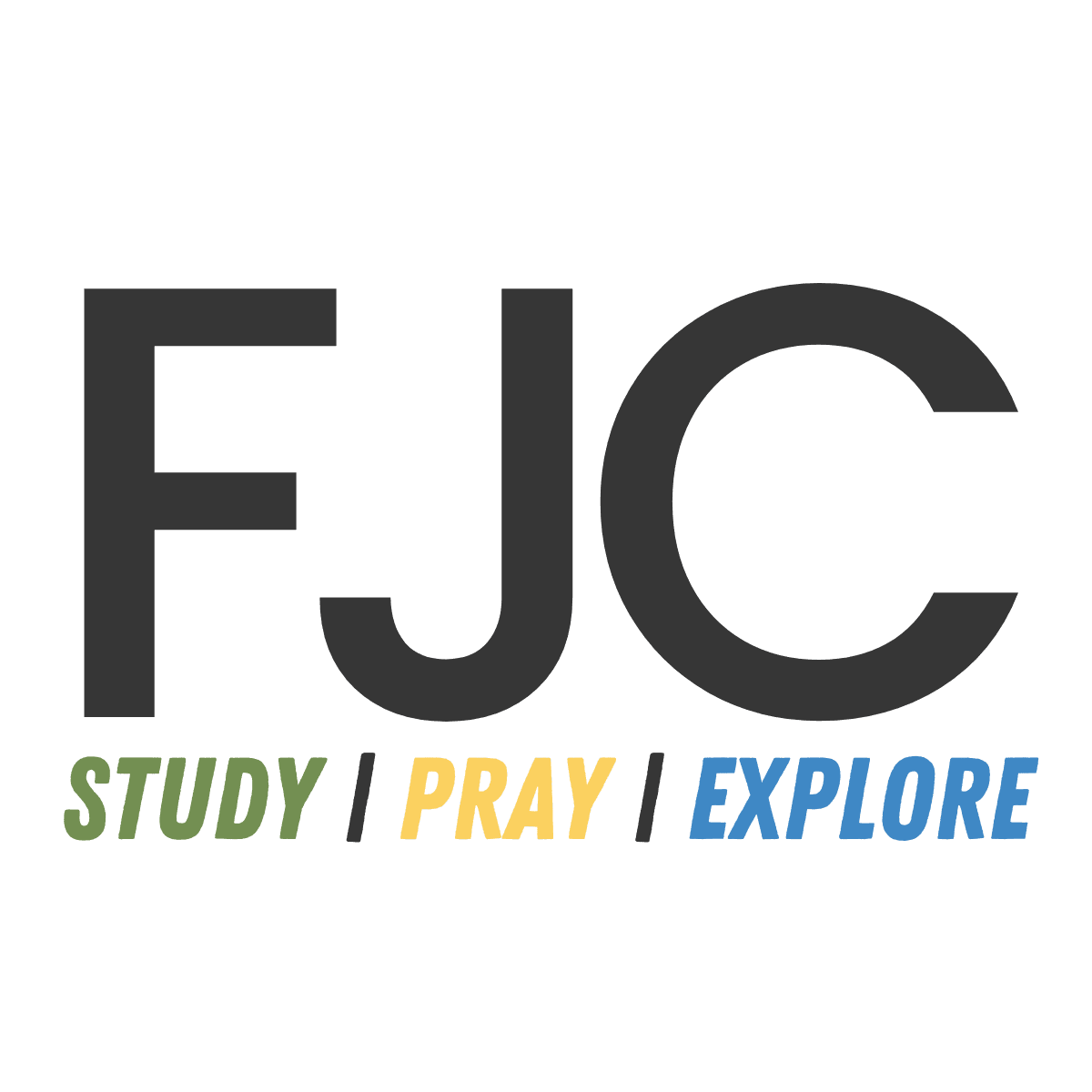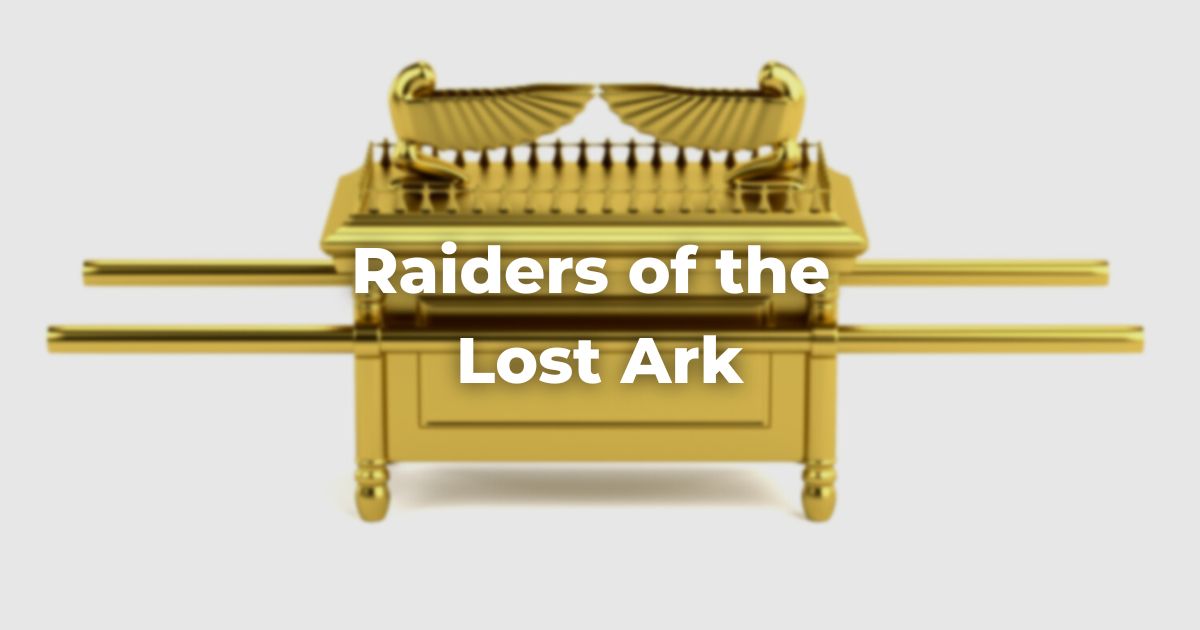In the 1981 American adventure film Raiders of the Lost Ark, archeologist Indiana Jones vies with the Nazis to recover the Ark of the Covenant, featured in this week’s parashah.
Current Location of the Lost Ark
The ark, like all the Mishkan furnishings, was built to be portable, and ultimately it seems to have gone astray. No one knows the whereabouts of the ark to this day, which is the premise for the Indiana Jones film—as well as for an entire page of Talmudic speculation about sanctity, secrecy, and the service of God.
The MishnahA collection of rabbinic teachings edited in Israel around 225 CE. Organized in six sedaraim by subject matter and dealing with both ritual and civil law. Both the Jerusalem and Babylonian Talmud are expansive discussions of the Mishnah. Read more (Yoma 5:2) teaches that the ark was already missing by the Second Temple period. The rabbis explain that in place of an ark, the Holy of Holies in the Second Temple contained a rock that dated back to the time of David and Samuel.
Since there was no ark on which the High Priest could place the pan with the incense on Yom Kippur, he would place it on this rock instead. It was only the First Temple that contained the Ark of the Covenant with the Ten Commandments inside—though what happened to it subsequently is a subject of debate.
The rabbis discuss the whereabouts of the ark in Shekalim 6, a Talmudic tractate named for the same half-shekel coin donation we read about in the special Maftir reading for this week. They offer three opinions on the matter.
Theories on the Lost Ark
First, Reish Lakish argues that the ark was hidden in a tunnel under the Holy of Holies.
He bases his argument on a verse from I Kings 8:8, in which the poles of the ark are described as being in the same place “to this day,” understand by the rabbis as a reference to all time—suggesting that the ark is sequestered in its place.
The rabbis explain that the reason the ark was not moved was on account of King Josiah—the king of Judea in the seventh century BCE—who was dismayed to discover the prophecy at the end of Deuteronomy 28:36 that “God will drive you, and the king you have set over you, to a nation unknown to you or your fathers, where you shall serve other gods of wood and stone.”
King Josiah feared that if the ark were to go into exile with the people, the people would engage in idolatry and forsake the ark. He thus hid it in its place.
According to this understanding, the sanctity of the ark is inherently tied to the place where it is located. Holiness is rooted in a particular location, and Torah—the Ten Commandments contained in the ark—is meant to come forth from Zion.
Second, in contrast to Reish Lakish, Rabbi Eliezer argues that the ark was in fact exiled to Babylonia along with the Jewish people, who brought it with them.
He bases his argument on a verse from II Kings 20:17, in which Isaiah prophesied about the exile to King Hezekiah, stating, “Behold the days are coming, when all that is in your house, and that which your fathers have stored up until this day, shall be carried to Babylonia; no item shall be left, said the Lord.”
The term for “item,” davar, is understood as a reference to the Ten Commandments, the Aseret HaDibrot. And indeed, by the time of the Talmudic sages, Babylonia had become a major center of TorahRefers to the first five books of the Hebrew Bible, the Tanakh, also called the Five Books of Moses, Pentateuch or the Hebrew equivalent, Humash. This is also called the Written Torah. The term may also refer to teachings that expound on Jewish tradition. Read more learning, with yeshivot rivaling those in the land of Israel.
According to Rabbi Eliezer’s view, sanctity is not rooted in any centralized location; the Jewish people carry the holy Torah with them wherever they study it.
Third, is a view about the whereabouts of the ark is contained in the Mishnah in Shekalim 6:1, where we find a story about a priest who was once chopping wood for the altar in a side chamber of the Temple when he noticed that one of the paving stones was slightly higher than the rest.
He went out to report on his discovery to a fellow priest, but “he had not yet finished speaking when suddenly his soul departed from him, and they knew for sure that this was where the ark was hidden.”
This priest, relegated to the back-breaking manual labor of chopping wood, was someone whose physical blemishes prevented him from engaging in the more glorified aspects of Temple service, like sacrificial worship. He worked in a chamber of the Temple known as the wood repository, where all the extra wood was prepared and stored.
Perhaps this story is meant to teach us that holiness is not to be found in the Holy of Holies alone, but wherever we engage in divine service—even if that service involves chopping wood in a peripheral, nondescript Temple chamber.
This, too, is Torah, since the wood for the altar was necessary to bring sacrifices and thus to draw people closer to God.
The Lost Ark’s Future
What happened to the lost ark? Is it still sequestered in place since the time of King Josiah? Did it follow the sages to Babylonia? Or does it make its presence known whenever we serve God?
We may never solve the mystery of the ark’s whereabouts, but that mystery offers us a lesson about Torah’s richness and multivalence.
While we might associate Torah with fixed places, we may study it wherever we go; and any time we engage in divine service, we experience a revelation of sorts. We may all aspire to become raiders of the lost ark, bringing the Torah to light.
See more: Parashat Vayakhel
Originally posted as part of the Conservative Yeshiva at the Fuchsberg Jerusalem Center’s Torah Sparks. Support Torah learning from the Fuchsberg Jerusalem Center/Conservative Yeshiva for leaders and seekers around the world here.
Authors
-

Ilana Kurshan teaches TalmudReferring to one of two collections, the Jerusalem and Babylonian Talmuds, edited in the 6th century, that contains hundreds of years of commentary, discussion, and exploration of the ideas in the Mishnah. One could describe it as Mishnah + Gemara = Talmud Read more at the CY. She is the author of If All the Seas Were Ink (St. Martin’s Press, 2017) and Why is This Night Different From All Other Nights (Schocken, 2005). She has a degree in History of Science from Harvard and in English literature from Cambridge, and has worked in literary publishing both in New York and in Jerusalem – as a translator, a foreign rights agent, and as the Books Editor of Lilith Magazine. Since October 2020, Ilana has been a regular contributor to Torah Sparks, FJC’s weekly parashat hashavuah blog.
View all posts -



The Fuchsberg Jerusalem Center (FJC) is a home in the heart of Jerusalem where leaders and seekers can find an authentic place in Jewish tradition to call their own. FJC offers opportunities to study, pray and explore within an egalitarian and inclusive setting, creating multiple pathways for finding personal and communal meaning.
View all posts






